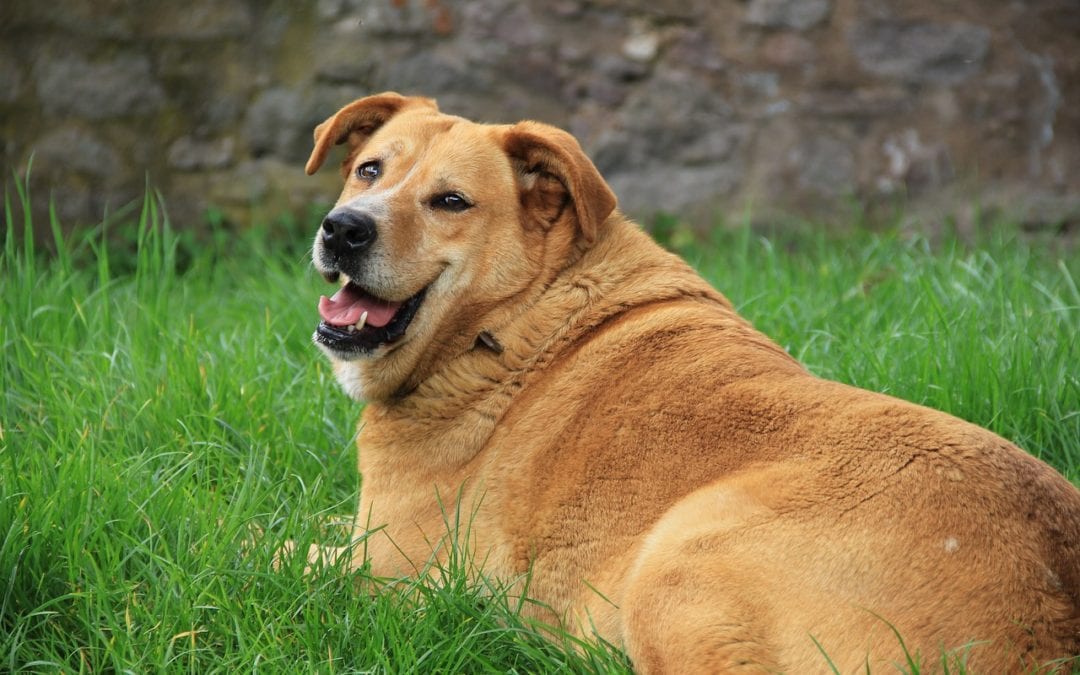As veterinarians, obesity of pets is one of the most common and preventable problems that we encounter. Pets are simply getting too many calories for their level of activity. We all know that obesity leads to many health problems. It is not good for us and not good for our pets. Many owners with the best intentions simply fall into these common traps and end up with an obese pet. These are the traps that pet owners fall victim to and how weight gain can be prevented.
Trap #1: I am following the directions on the bag. Over the counter pet foods are required to be labeled to give adequate calories to the absolutely most active pet. Unless your pet is running marathons every day it is unlikely that they need to eat the full amount recommended on the bag. For most house pets their actual requirement is closer to half of that.
Trap #2: It looks like so little food in the bowl. Many of the pet food bowls on the market are designed for pretty big dogs. Many popular breeds are very petite. Get a smaller bowl and viola – you are feeding a full bowl of food. This is the same strategy used to guide portion control in people. Be sure to measure that food with a measuring cup. You will feel that you are feeding your pet adequately if the bowl is full.
Trap #3: He/She is acting like she is starving. There are many breeds of dogs and even some cats that are just programmed to be “food motivated.” They always have an appetite for more no matter how much you give them. It is really important to feed based on physiologic needs, not appetite, for these guys or you will end up with very obese pets. Your veterinarian can help you assess your pet’s weight, their ideal body weight and how much they should be eating. For both dogs and cats you should be able to feel their ribs without pressing too hard (like the back of your hand), but you should not be able to see their ribs sticking out from across the room (like your knuckles). If their ribs are well padded and you find yourself poking around a lot to find them then your pet is overweight.
Trap #4: He/She is always begging for table scraps so I give in. In general, human foods are not the best choice for pets. We often use too much seasoning and fat for their sensitive systems. What seems like a small bite for us is usually far too many calories for them. When your pet is young do not start the habit. If you never give them what you are eating they will not expect it. If you have already fallen victim to those adorable eyes and your pet is expecting a bite every time you sit down to eat then it is best to remove them from the area where you eat. Put them in another room or a crate. They may protest at first but will soon learn that this is how we do things now.
Despite being aware of all of the traps, some pet owners may find their pet gaining weight and need some professional help from their veterinarian. Metabolic problems and health issues can interfere with weight loss. Some pets just need to be on a prescription weight loss food if they have trouble losing weight. If you are struggling with your pet’s weight problem do not hesitate to reach out to your veterinarian.

